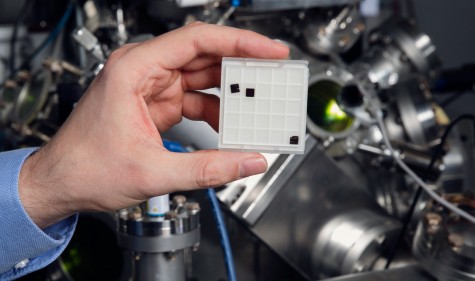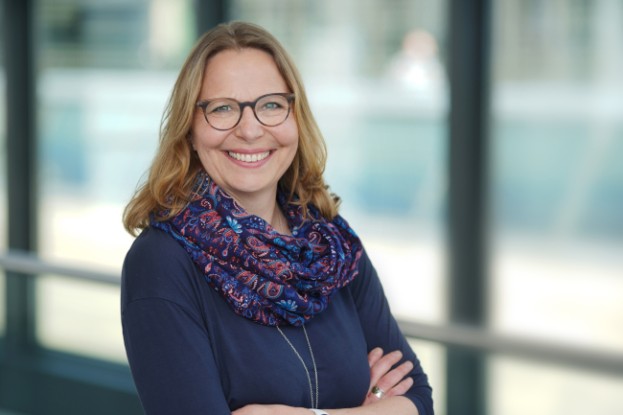
Innovationsangebote
An der TU Darmstadt entstehen in Forschungsprojekten vielfältige Innovationen. Mit über 540 Patenten und Patentanmeldungen bietet die TU Darmstadt ein breites Spektrum an IPs. Für deren Umsetzung suchen unsere IP-Manager Unternehmen und Industriepartner, die diese Innovationen für eine Produktentwicklung nutzen.
Innovationsangebote: IPs der TU Darmstadt


Einen vollständigen Überblick über unsere Innovationsangebote finden Sie auf HIGHWAY – der Innovationsplattform der Technischen Universität Darmstadt zur Vernetzung von Wissenschaftler:innen, Start-ups und Unternehmen sowie zum Austausch von Innovationen und neuen Technologien der TU Darmstadt.
IP Verwertungsmodelle


Für die Verwertung unserer Patente gibt es drei Modelle, den Verkauf von IPs, die Lizenzierung und das Modell IP4Shares.
Im Modell IP4Shares erfolgt eine Übertragung der Rechte an universitärerem IP an das Unternehmen. Im Gegenzug erhält die TU Darmstadt virtuelle Anteile am Unternehmen. Die Bezahlung der IPs wird hierbei in die Zukunft verlagert und das Start-up muss zunächst keine Geldmittel für die Rechteübernahmen veranschlagen und kann diese für den Aufbau des Unternehmens nutzen.
Nehmen Sie bei Interesse gerne direkt Kontakt zu uns auf. Ihre Ansprechperson: Susanne Gürich.
Validierungsförderung: Pioneer Fund


Das universitätsinterne Förderprogramm Pioneer Fund, das in Kooperation mit der Entega geschaffen wurde, soll die Innovationsfähigkeit der TU Darmstadt steigern. Mit dem Pioneer Fund werden Innovationen im vorwettbewerblichen Bereich durch die Finanzierung von Weiterentwicklungs- und Machbarkeitsarbeiten bis zu 18 Monate mit bis zu 135.000 Euro gefördert.
Aktueller Hinweis
Der Pioneer Fund sucht Firmenpartner für Austausch, Finanzierung und Kooperationen. Bei Interesse bitte einfach Kontakt aufnehmen!

Projekte des Pioneer Funds
Hier finden Sie einen Überblick über die Projekte der drei Programmlinien ACTIVATOR, BOOSTER und PIONEERS







